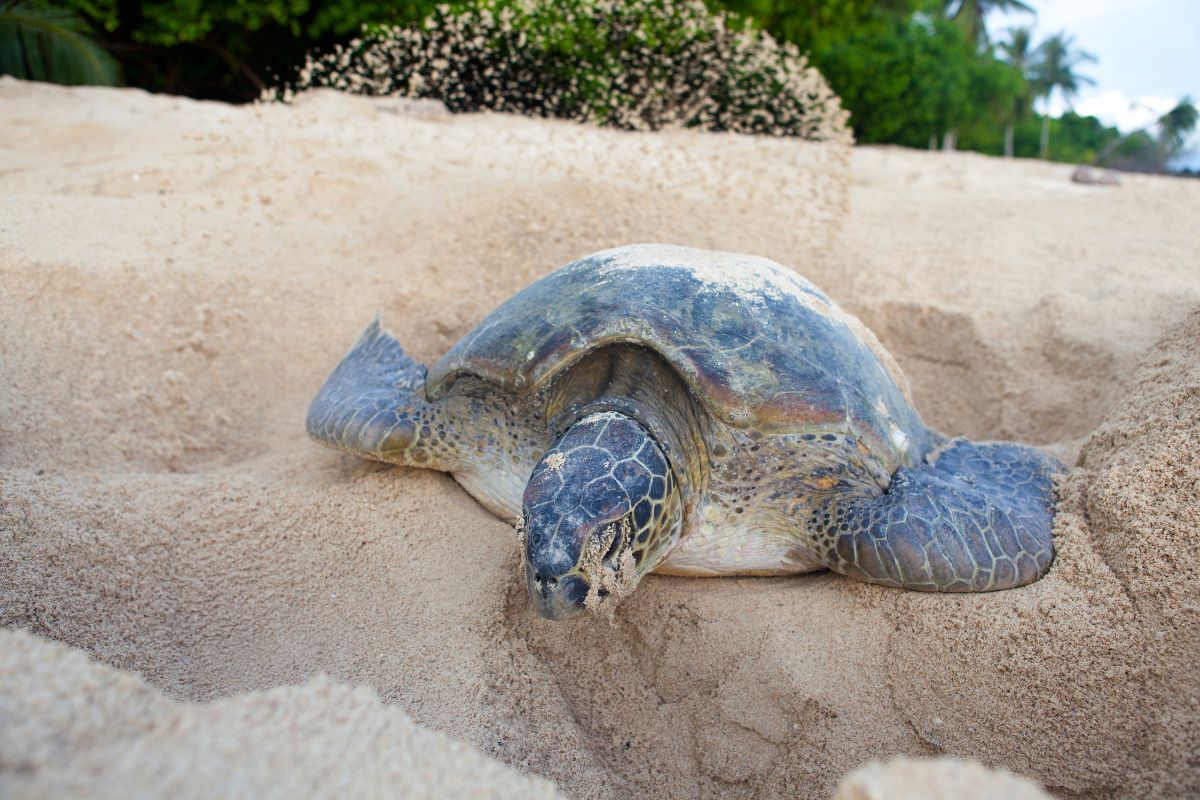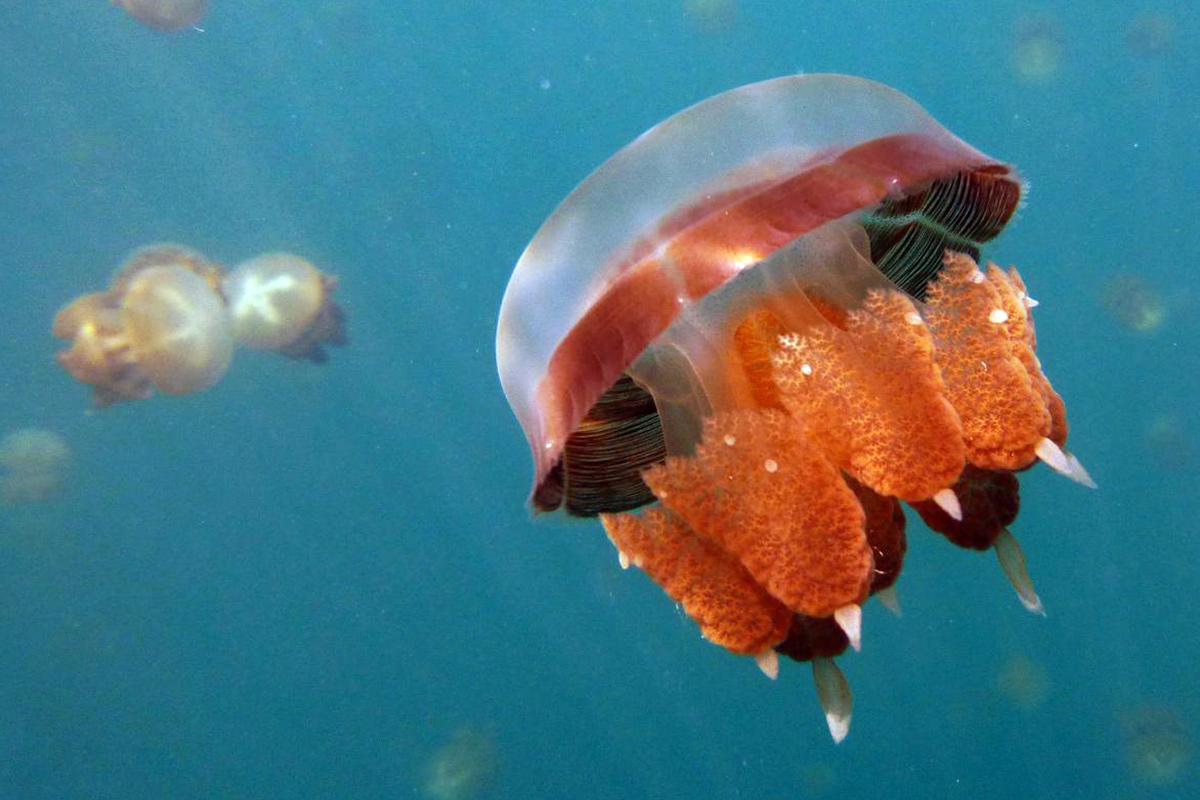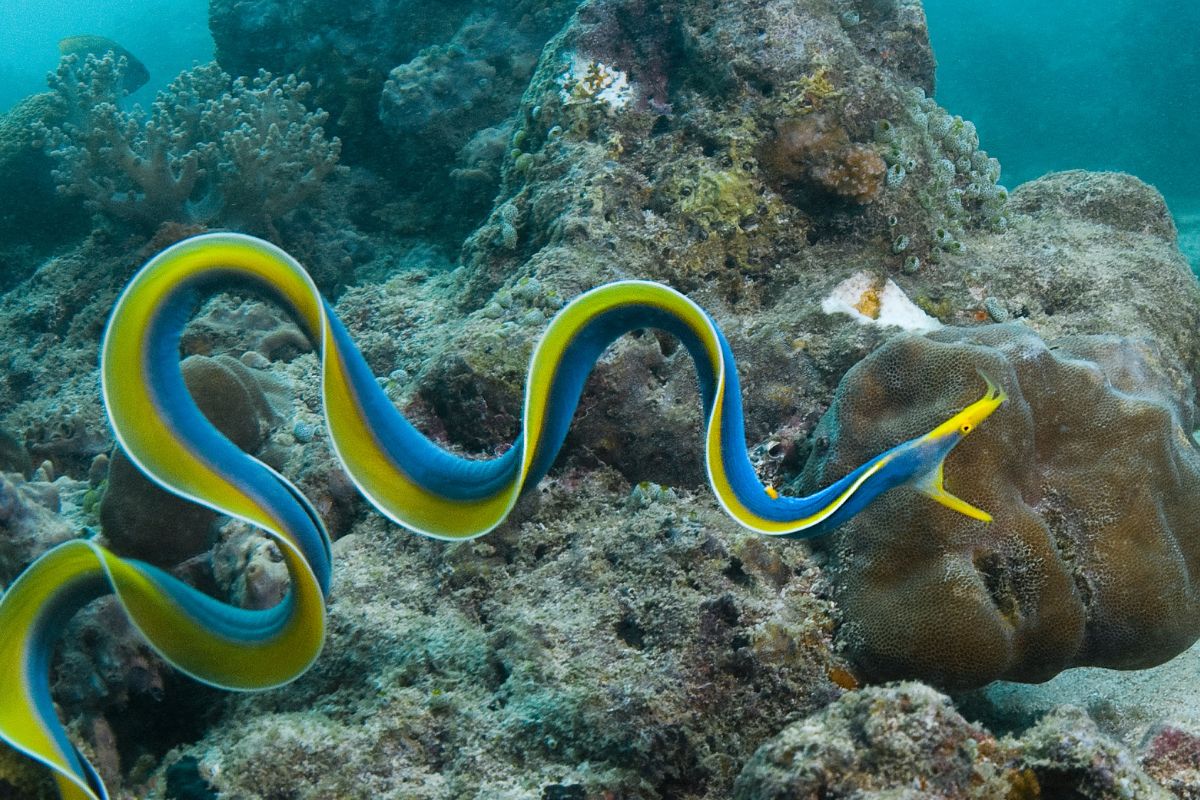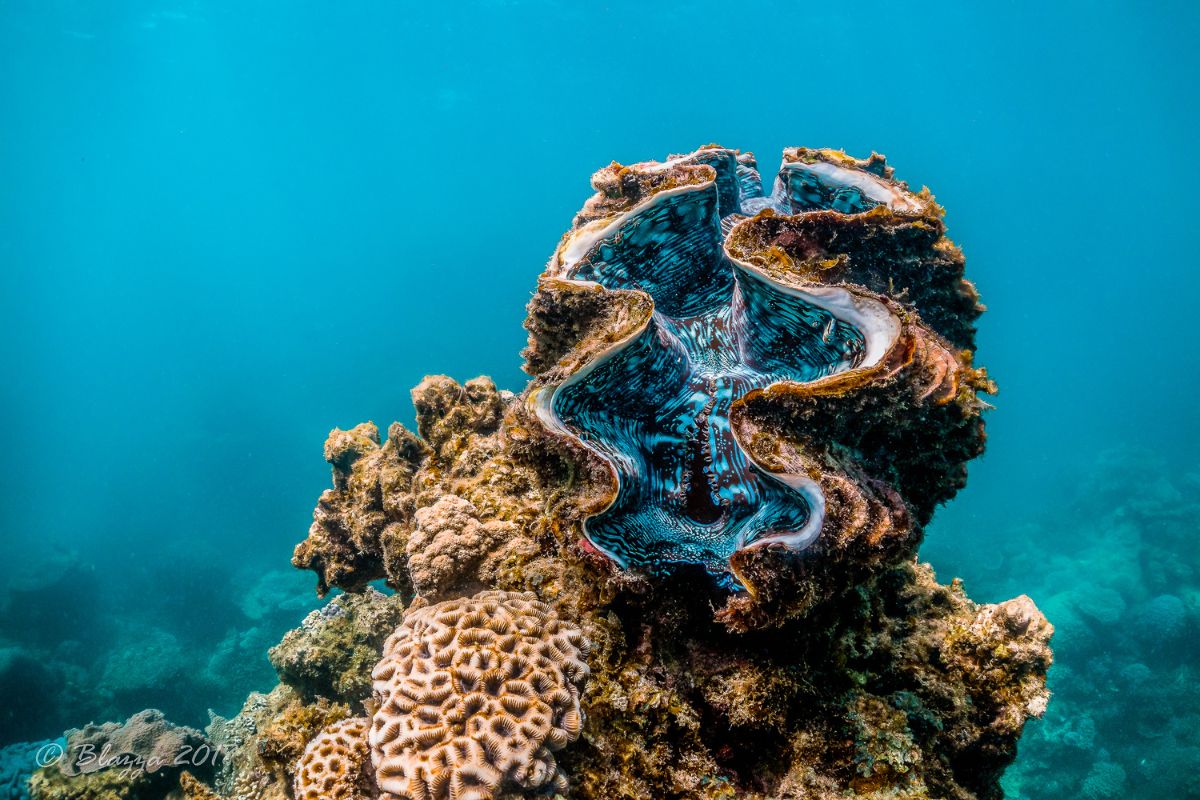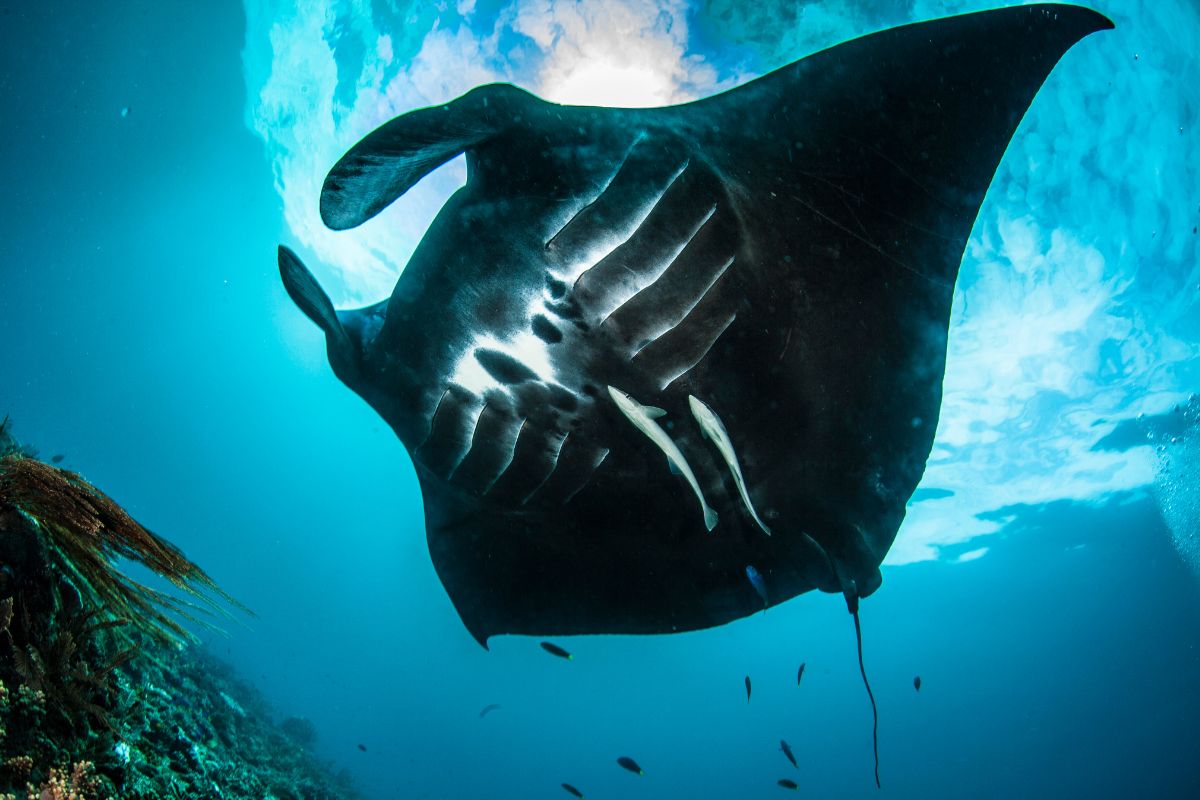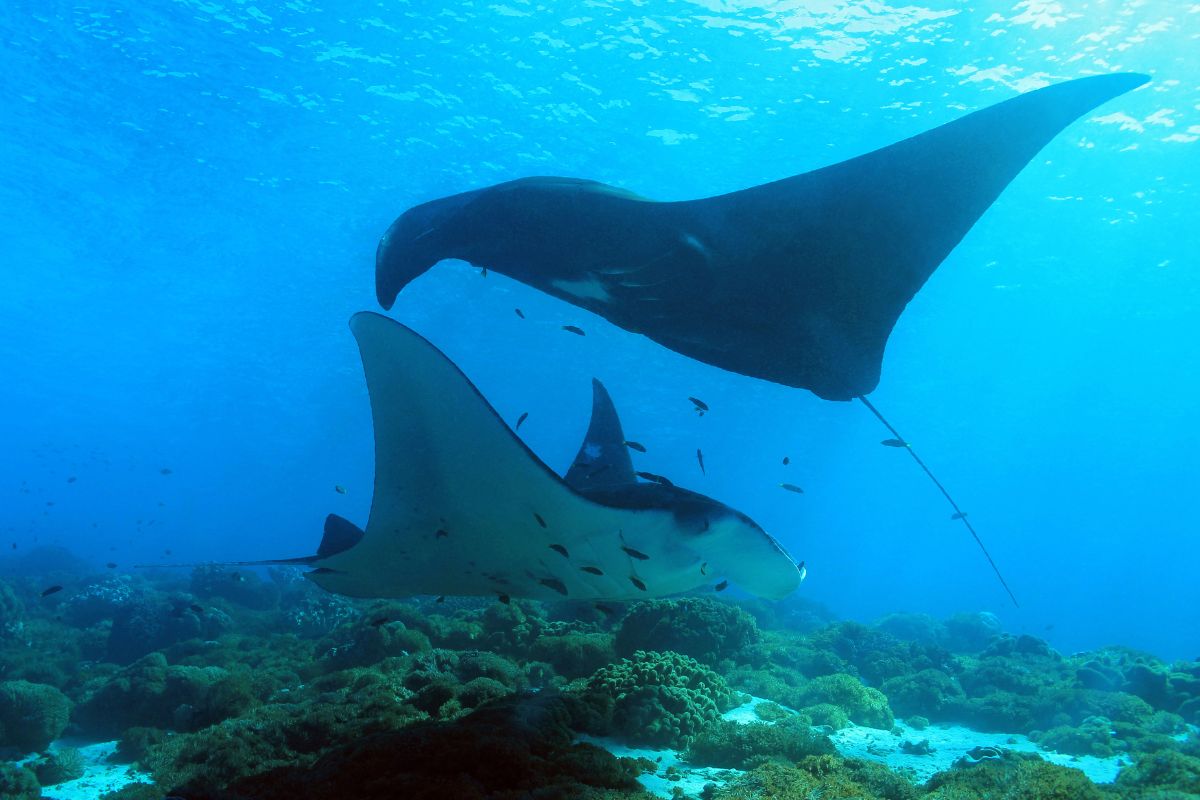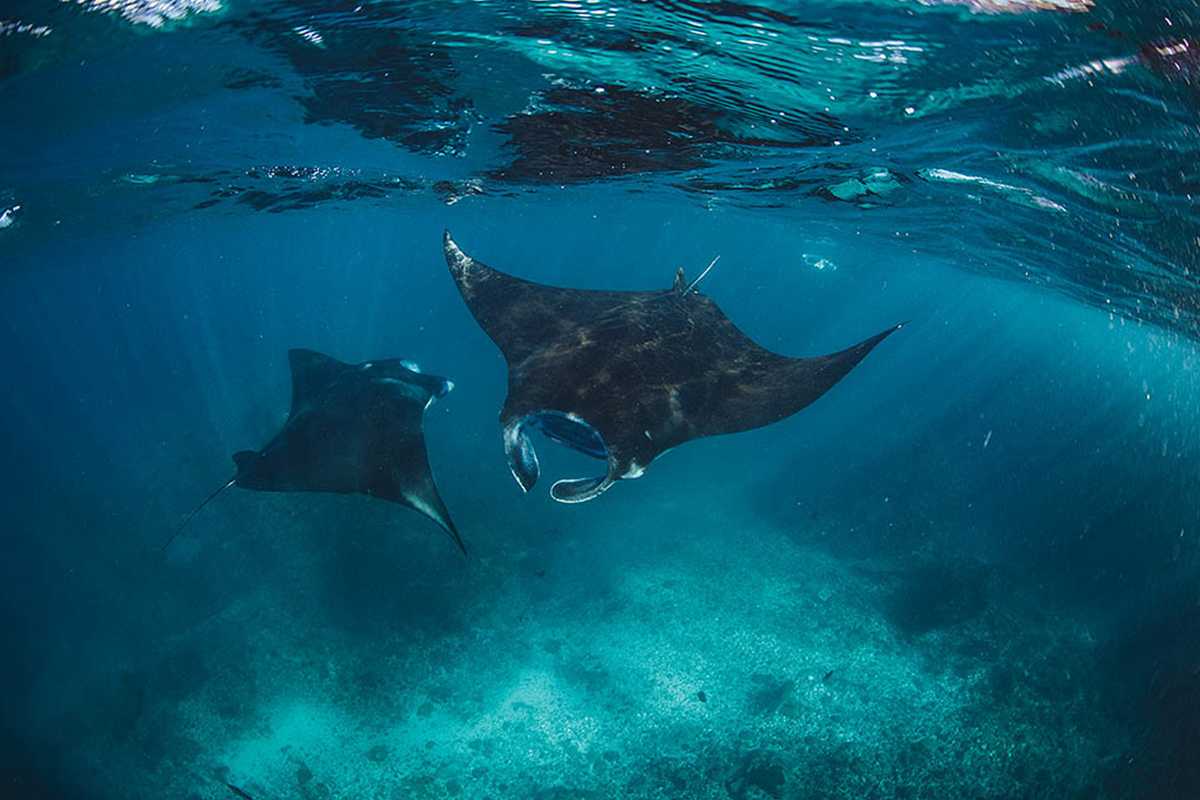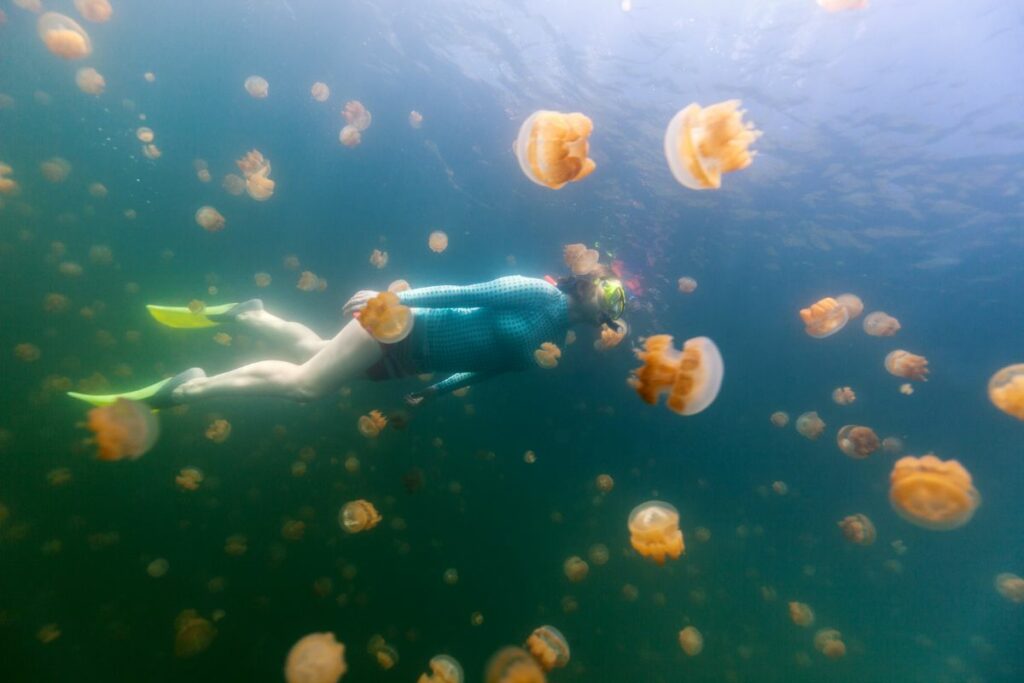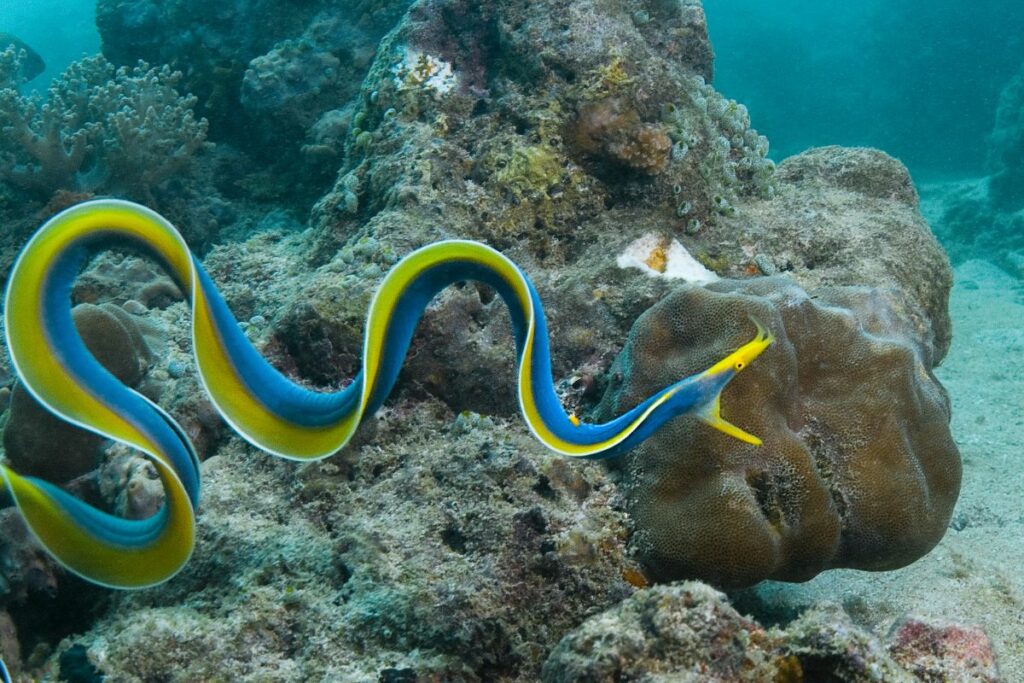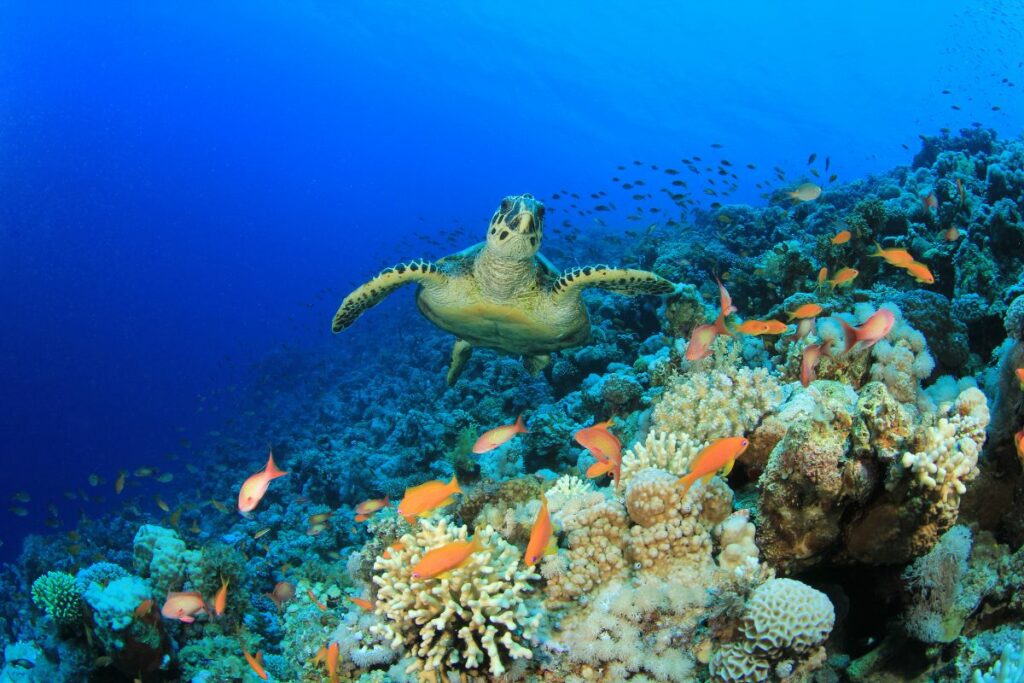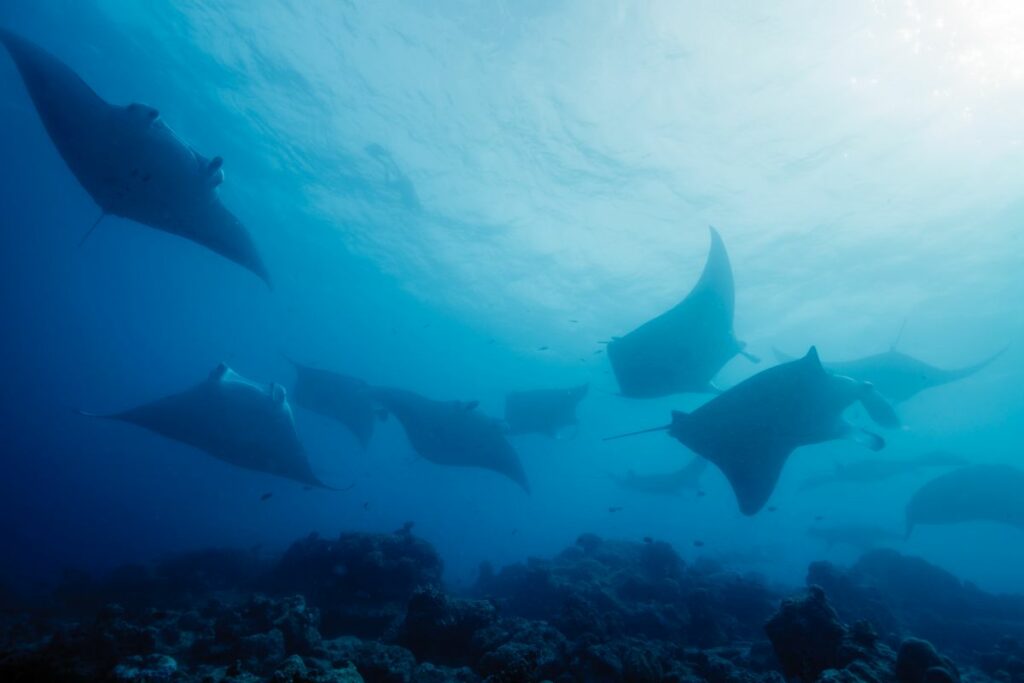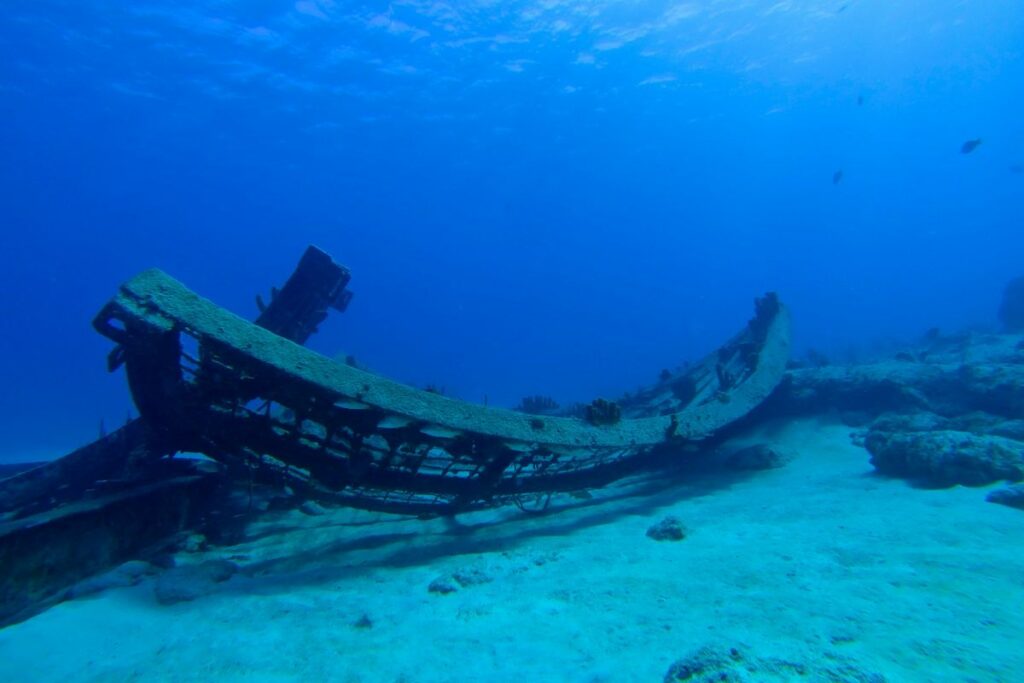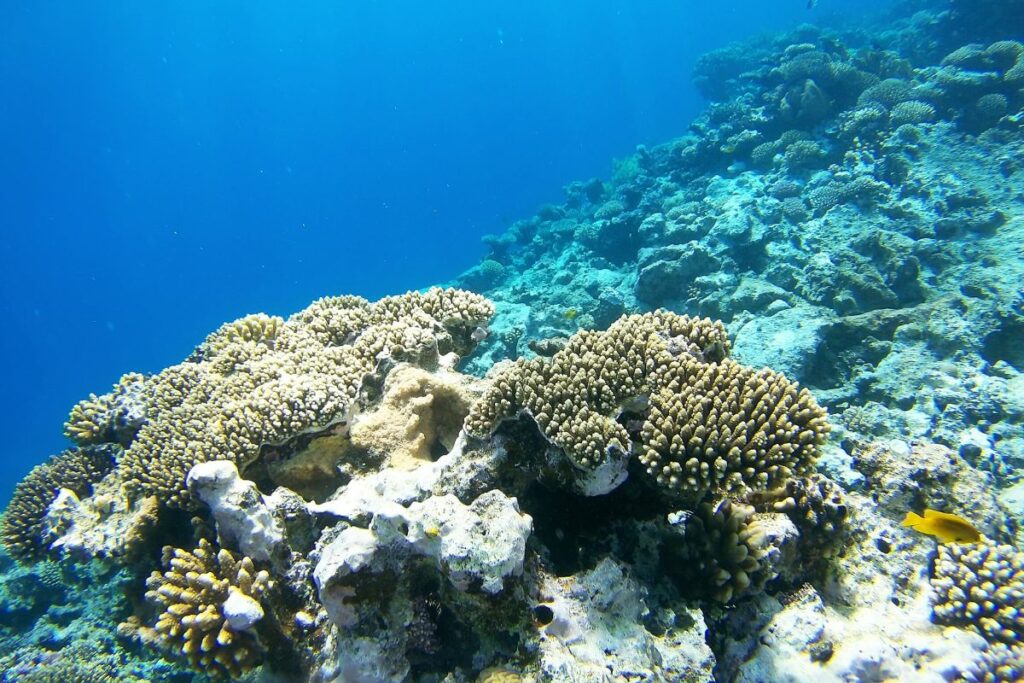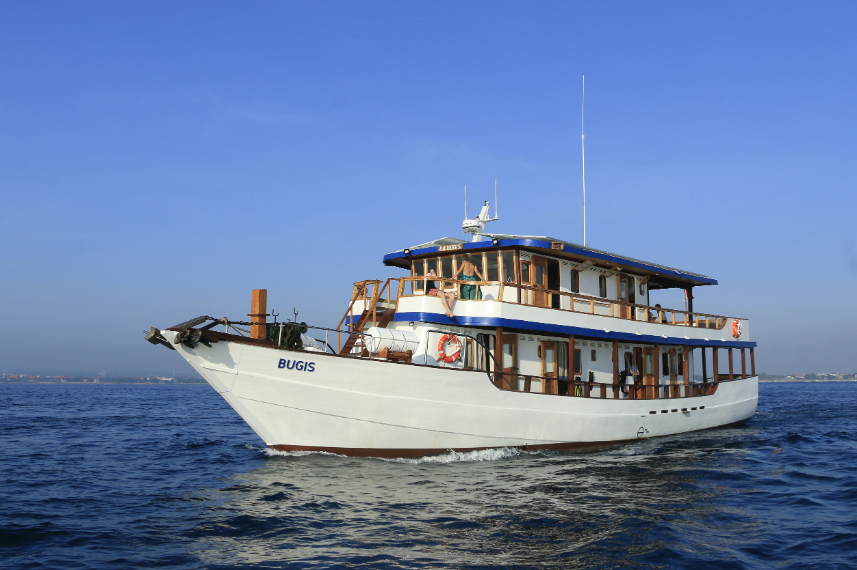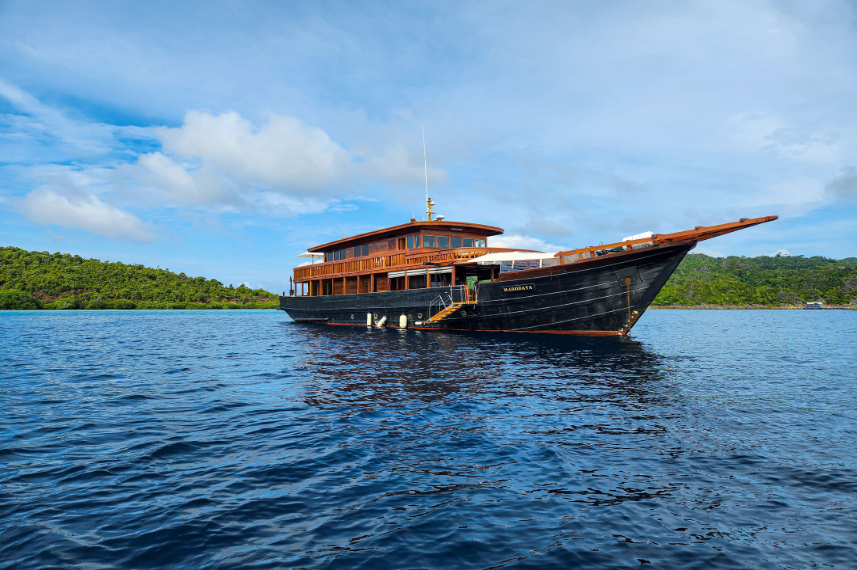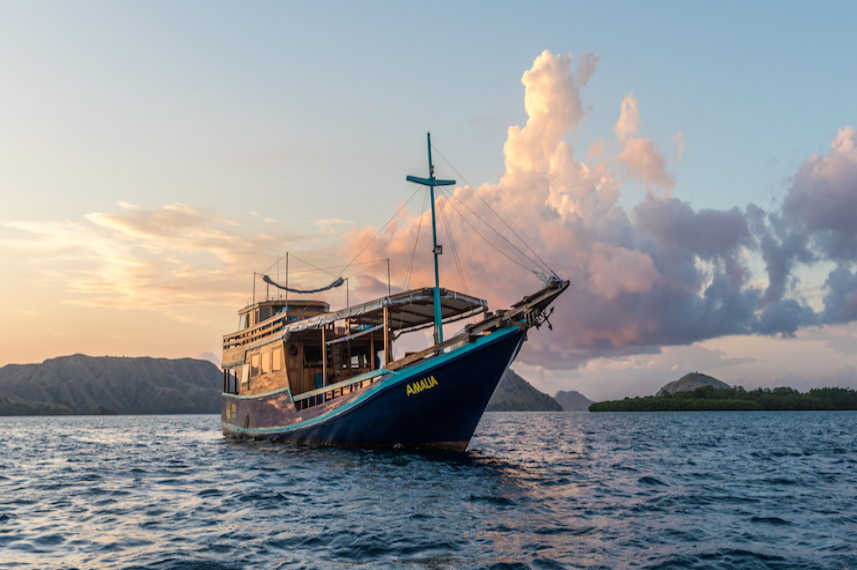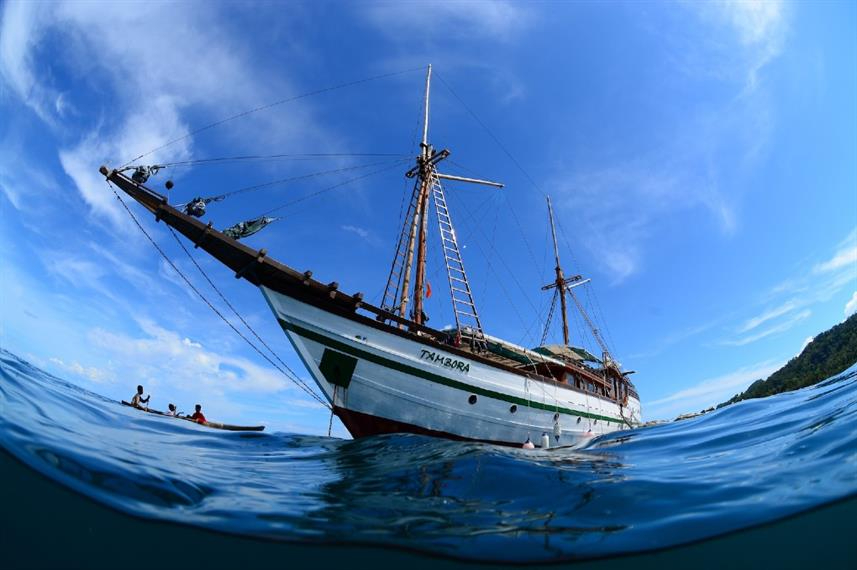Sangalaki
Borneo might not be on every diver’s mind when it comes to diving destinations, but one area in the west part of this island is undoubtedly becoming the best spot to dive in Kalimantan. Bordering Celebes Sea, Sangalaki is reported to have more than 800 species of reef fishes and over 500 species of corals, making it another phenomenal dive site in the Coral Triangle.
Part of The Derawan Islands, Sangalaki is one of the main islands in the region, aside from Derawan, Kakaban, and Maratua. This island is also famous for having the largest nesting populations of green turtles in the Celebes Sea and manta ray sightings.
The strategic location of Sangalaki ensures that every diver gets what they are looking for, as the diversity of the marine life here is beyond spectacular.
Top highlights of Sangalaki
- Witness the majestic manta rays—including the black ones—doing their cleaning ritual in the cleaning station in Manta Parade
- Swim along with four different species of stingless jellyfish at Kakaban Lake for a once-in-a- lifetime experience
- Dive with a group of green turtles in Turtle Town and see them nest at night on the beach
- Watch the graceful blue-ribbon eels and the giant clam (Tridacna gigas) in Sandy Ridge
About Sangalaki
As part of the Derawan mini archipelago, around 31 islands and atolls are scattered around the area, with Sangalaki being one of the largest. Located off the coast of Berau Regency in East Kalimantan, Sangalaki is famous for its manta ray sightings, and the green sea turtles are known to nest around this island. Sangalaki and its surrounding regions are part of the Indonesian marine park protected areas.
Sangalaki is the perfect getaway for those who see tranquility and serenity. The island offers more than just diving spots to witness manta rays. Snorkeling and visiting the turtle conservation center are two activities available in Sangalaki and its neighboring islands.
Diving in Sangalaki
As part of the Derawan Archipelago, Sangalaki is home to some of the stunning dive sites in Borneo. Bordering Celebes Sea, the currents that flow around the island play a fundamental role in creating the marine biodiversity in the region, especially since it is a marine protected area.
The main attraction for divers to visit Sangalaki is the chance to dive with the manta rays. There are three dive sites located close to each other, named Manta Parade, Manta Avenue, and Manta Run, where the sightings of this gentle giant are frequent.
Manta rays are not the only ones sharing the spotlights in this region. If your timing is right, especially during the new moon period, the opportunity to encounter the whale sharks is wide open. The whale sharks here are rare visitors, unlike the ones in Cenderawasih Bay. They only appear for about 10 days and then will disappear for around 20 days. If your purpose is to see the whale shark, planning it at the right time is crucial.
The green sea turtle is also one of the highlights of Sangalaki. These turtles nest on the sandy beach all year long and, on the average, nest about 20-30 each night. This fact makes the island one of Southeast Asia’s largest nesting populations of green turtles. The Hawksbill turtle and, occasionally, the leatherback turtles can also be spotted.
The coral ecosystem in Sangalaki and Derawan Archipelago is generally healthy. Various types and colors of soft corals, hard corals, sea fans, and sponges thrive around the island, in turn, making it an ideal environment for reef fish and critters like triggerfish, angelfish, batfish, Moorish idols, parrotfish, cuttlefish, moray eels, nudibranchs, shrimps and crabs. Snappers, Napoleon wrasse, barracuda, and trevallies are also commonly found in many of the dive sites around the island.
Discover your next adventure in
The Manta Rays in Borneo
There are just some sites where divers can dive alongside the manta rays. Sangalaki is included in those elite spots as the manta rays in this region can be found year-round. But the best period is during the rainy period, which occurs from December to March since the season brings plankton-rich waters.
The sightings of manta rays require planning as this gentle giant does not stay in one place. Manta Point and Manta Run are two locations in Sangalaki where divers can witness this majestic creature doing their cleaning rituals. The manta rays will let small fish eat the parasites off their bodies in an area known as a cleaning station.
Even though they are not known for being aggressive, it is important not to stand close by when you encounter the manta rays. Do not provoke them; they will happily show you their graceful movements across the waters.
Diving Environments in Sangalaki
The underwater topography in Sangalaki varies. Ranging from coral gardens to steep walls and drop- offs. The depth of waters around Sangalaki goes from 10 meters to beyond 40 meters in some dive sites. With many options to dive into, each site has different current conditions. Some areas have mild currents, suitable for all levels of divers, while others could have stronger currents and are suited for more experienced divers.
The visibility, in general, is excellent as it falls within the range of 8-30 meters, with an average of 20 meters on a clear day. This number could decrease up to 10 meters. The water temperature in Sangalaki is constant all year long, as it always ranges around 28 to 30 degrees Celsius, making it comfortable to dive in a short or 3mm full wetsuit.
Discover your next adventure in
How to get to Sangalaki
Since Sangalaki is located off the coast of East Kalimantan, getting to the airport in the province is the entry point to the island.
By plane
There are two flight options to get to Sangalaki. The first one is via Juwata International Airport in Tarakan. Many big cities in Indonesia, such as Jakarta, Bali, and Surabaya, offer the route to Tarakan. Some are direct flights, but the others have layovers in Balikpapan. Once arriving in Tarakan, you must go to Tengkayu harbor and rent a boat to Derawan. The journey itself takes approximately three hours.
The second option is to fly to Kalimarau Airport in Berau. Direct flights are available from Surabaya and Jakarta to Berau, but if you fly from Bali, you will first have a stopover in Surabaya. The journey to Tanjung Batu Harbor takes approximately 2.5 hours from the airport. Then, the boat to Sangalaki only takes about 30 minutes.
By Liveaboard
Liveaboard is still the best choice to explore the Derawan archipelago without missing any dive sites, as the itinerary has already been established. Using a Liveaboard service also means that you don’t need much planning aside from getting to Berau, which often becomes the starting point for the Liveaboard service.
Diving Seasons & Weather in Sangalaki
Being only two degrees north of the Equator ensures Sangalaki that the weather cycle follows with the rest of Indonesia. The condition makes it possible to dive throughout the year as the monsoon season does not pass this island.
Still, the best season to dive is during the dry season, which starts in April until November, when the visibility is the best. The visibility can drop significantly during the rainy season, which lasts from December to March. Whale sharks are commonly spotted around May to September due to the wind that blows from the south.
As with many parts of Indonesia, the weather in Sangalaki is between 28 to 30 degrees Celsius. Though humidity can be high, the sea breeze helps cool down the temperature.




